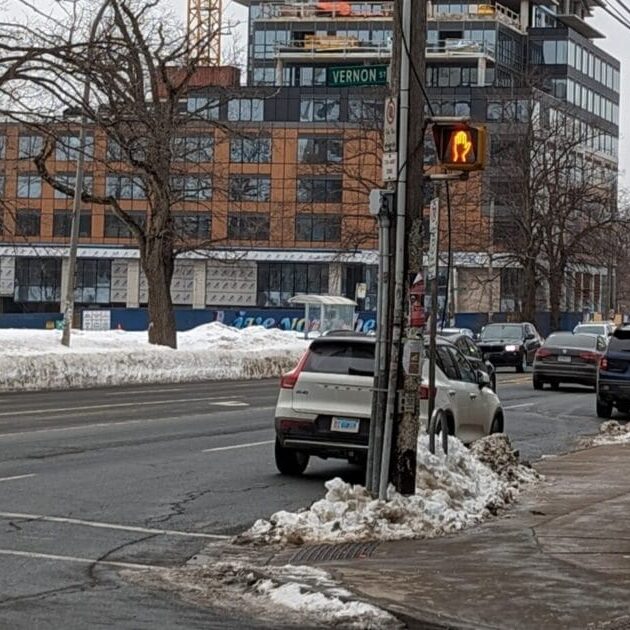
Speed kills
Is slowing things down really the speedy way to a solution?
The Halifax Regional Municipality has been contemplating reducing speed limits from 50 km/h to 30 km/h within the urban core, which will have a significant impact on the lives and commuting habits of Halifax citizens. Is there merit in a reduction of speed by this magnitude, or is this a futile way of solving the “pedestrian collisions” issue?
Many cities in Canada and across the globe have enacted speed limit changes like these. Cities such as Vancouver, Calgary and Toronto have all lowered, or are looking to lower, speed limits in residential areas. This is a logical decision as children and families are active in these areas. But is this issue the same in the urban core of Halifax?
Personally, slowing down traffic in an already congested part of the city would make me more irritable and less patient when trying to get to where I am going.
Research has shown that a reduction in speeds from 50km/h to 40 km/h can reduce the number of collisions by 25%, highlighting that there is some correlation between speed and the commonality of collisions. But should we first look towards improving road infrastructure and transit before lowering speed limits to a whopping 30 km/h?
Is it the road or the speed we drive on it?
One study has shown that slower speeds lead to an increase in distracted driving, which accounts for many mishaps on the roads, including vehicle and pedestrian accidents. A better approach might be to research accidents and find commonalities, such as time of day, location or cause.
There is no doubt that slower speeds can be effective and allow for faster reaction time, but this is irrelevant for accidents that occur due to distracted driving or road conditions.
It is important to understand whether pedestrian accidents occurring at night are a result of poor lighting, ineffective crosswalks, or poor road clearing during inclement weather.
Lowering speeds and replacing hundreds of street signs is a simple and knee-jerk response. Cost estimates for changing speed limits in a city can range up to 2.5 million dollars, allocating this money to sign changing would be taking away from other investments within the city.
We’re severely lacking in alternative transit
Let’s take a look at Halifax as a whole. Is it ready for a change to speeds within the city? Places like Wales and Amsterdam have already lowered speed limits to 30 hm/h and have seen change, but there is one key difference between these places and Halifax—infrastructure.
Most cities in Canada and Europe that have made these changes have populations two times the size of Halifax, with stronger, bigger and better developed infrastructure. Most of these cities have light rapid transit (LRT) or subways to provide an alternative to driving, but Halifax citizens only have the option of road travel to get across the city.
A 5 p.m. bus on Route 1 is similar to a sardine can. Would Halifax Transit be ready to see an influx of people moving away from driving towards walking, biking and transit? Raising the question and assessing the consequences are important when considering solutions. Working on better road management and transit, as well as creating pedestrian and bike paths could be an effective approach in tandem with speed changes.
At the end of the day, slower speeds aren’t going to kill anyone (that’s the idea). All we can do is speculate. The Active Transportation Advisory Committee the issue doesn’t have any authority to change speed limits. They would have to convince the controlling body, which would mean more solid evidence and research.
If you ask me,someone who uses transit religiously, I won’t be overly bothered either way as long as I have a seat to sit in or a handrail to grab. I do have my reservations when it comes to big impactful decisions that affect everyone; these should always be approached with a cynical point of view to test its true merit.






